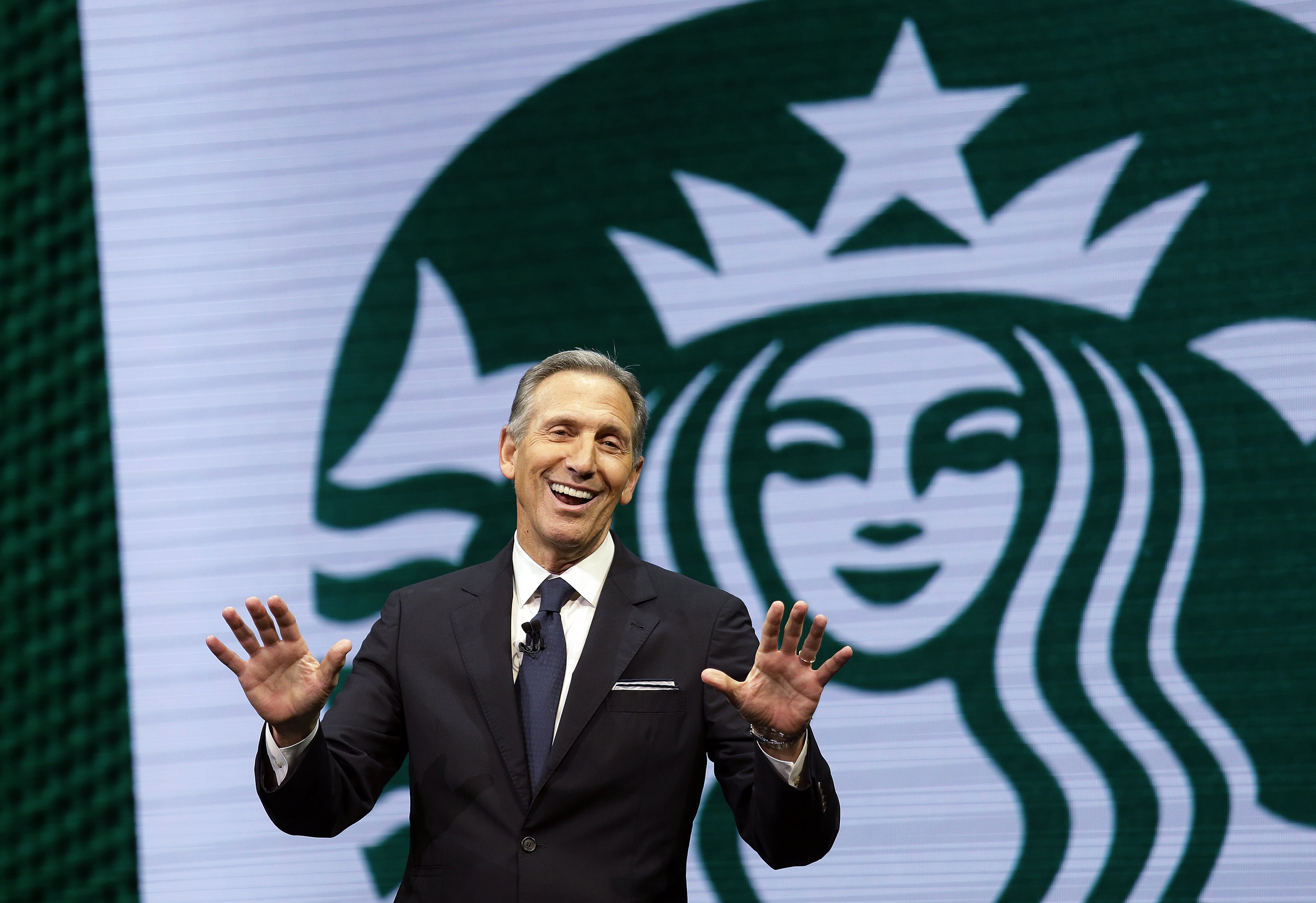Turning Challenges into Opportunity; How STARBUCKS Survived the Economic Recession of 2008

Rumors are spreading everywhere about economic recessions and their impact. When we think about economic recession, the global recession of the US economy in 2007- 2008 will come into our picture.
Have you ever thought about how the changes in the economy and business environment will affect business growth?
Whether there is any need for monitoring the business environment?
Business Failures are the common word we usually hear during Economic recessions, but still, few companies strived for success in those hard periods. In this article, we are going to discuss a company that made use of the economic recession as a Golden opportunity.
In 1971 STARBUCKS was a startup to serve coffees in the streets of Seattle, Washington, initiated by Jerry Baldwin, Gordon Bowker, and Zev Siegl. By 1980, Starbucks had opened four stores in Seattle that stood out from the competitors with their top-quality fresh-roasted coffees. A cup of coffee from Starbucks started to become popular and an identity.
Hiring marketing personnel was required to boost the growth of the Business. They hired Howard Schultz as the marketing head of Starbucks. He worked with store employees on developing customer-friendly sales skills and produced brochures to educate the customers about the company's products.
The company sent him to Italy for an international housewares show; he was impressed and inspired by the 1500-plus coffee houses in Milan. Entrepreneurial ideas of Schults, for doing something similar in Starbucks were rejected by the owners, they wanted Starbucks to remain strictly a coffee and equipment seller and not a Cafe.
The burning desire of Schults to start his coffee chain made him resign from Starbucks and start his own “Il Giornale”. In four years, Schultz was successful in running the coffee house and established 100 plus stores.
In 1987, Il Giornale purchased Starbucks and brought every operation under the brand name of Starbucks, making it one of the notable milestones in the history of Starbucks. By the end of the decade, Starbucks had 2500 plus stores in multiple countries. From the position of marketing head, he became the CEO of the trending brand. In 2000, Schultz resigned as CEO and continued as chairman.
In 2008, the best customer experience brand, backed by a culture of service values and a team of engaged employees - STARBUCKS tasted the economic crisis. During that time People reduced their spending habits and opted for cheaper options for coffee. So this had affected Starbucks revenue and customer relationship adversely. They began to struggle and rumors were spread about the shutting down of STARBUCKS outlets all over the states.
It shut down more than 600 stores that were not generating profit and its profit had fallen 28% compared to the same period in 2007. The news of shutting down the outlets was spread all over the state.
Can you imagine how they survived the crisis?
After an 8 years break, Schultz returned as CEO in the middle of the crisis. He addressed the employees: “we are recommitting ourselves to what has made starbucks experience so unique: ethically sourcing and roasting the highest quality coffee in the world; the relentless focus on the customer; the trust we have built with our people and the entrepreneurial risk - taking, innovation and creativity that are the hallmarks of our success”
Starbucks closed more than 7000 stores in America for three and half hours for conducting a training session for Employees. The cost was approximately $6 million per day. One might think, why these training sessions for employees during this hard time? It was not a mere training session, it was reigniting the emotional attachment with customers. He put efforts into bringing the concept of molding a third destination between the office and home as Starbucks. To regain its customer relationship, Starbucks launched:
- “My Starbucks idea” - to exchange customer ideas with each other.
- Mobile apps for Locating the Store, nutrition-based information, and reward programs.
- “My Starbucks Signature” allowed customers to develop their own signature drink.
During the recession, instead of blaming inflation, he used it as an opportunity to refocus on Core values. There is a big lesson of Customer is the King, delivering high-quality products and changing a business challenge into an opportunity.
“one person, one cup, and one neighborhood at a time” led them to the top despite the challenges in the business environment.
After all these efforts, a growth of 24% was reflected in Starbucks net earnings in 2009.
3 important lessons from Starbucks Revival:
1.Turn Challenges into opportunity.
A pessimist sees the difficulty in every opportunity. An optimist sees the opportunity in every difficulty
-Winston Churchill-
For every business identifying a unique strength and nurturing it will always pay off in the long run.Let's apply the concept of prudence in Accounting here also - anticipate the weakness and threats to convert them into strengths and opportunities of your organization. Be prepared for taking an immediate action in this dynamic business environment. How can we prepare ?
There is a good practice of monitoring your business for Understanding and Listing down your Strength, Weakness, Opportunities, and Threats (SWOT Analysis).Once you do it, you can understand the difference between Acting proactively and reacting to a sudden change in the economy. Thereby we will be in a position to dissolve the challenges into new innovations or discoveries, and also help to realize changes in the economy are inevitable.
2. Customer is the king.
It takes 20 years to build a reputation and five minutes to ruin it. If you think about that, you’ll do things Differently
-Warren Buffet-
Businesses that are focusing on customer satisfaction as its core values will always combat the challenges in the economy. Training employees on how to deliver great customer service is part of good business culture.Programmes to retain customers and to achieve customer loyalty are crucial in this tech era.
3. Be a true Leader.
While passing through the difficult conditions of the business, a true leader shall understand the pulse of the market. Being proactive, analyzing the customer sentiments and business environments. Schultz raised to the level of leadership that was needed during the crisis.
Businesses need leaders to guide them in the right path and take the right decision at the right time rather than being worried about the happenings of failure.As a leader, instead of blaming your colleague or the circumstance, take responsibility for your initiatives and work towards success. Passionate leaders will stick to their goals until the end and they never quit.
Schultz said, “In times of adversity and change, we really discover who we are and what we’re made of”. How a leader is thinking themselves matters, rather than limitation of what everyone else is doing. A leader with strong self awareness will lead others easier.
Now, In the Dynamic business environment how your business is going to act Proactively?
How are you going to prepare to face changes in the economy?
(Author is an auditor and business consultant in AK & Partners Auditors and Chartered Accountants. AK is one of the leading audit firms in qatar. Please send your comments and suggestions to ajmal@akauditors.com, Mob: 77821946)




